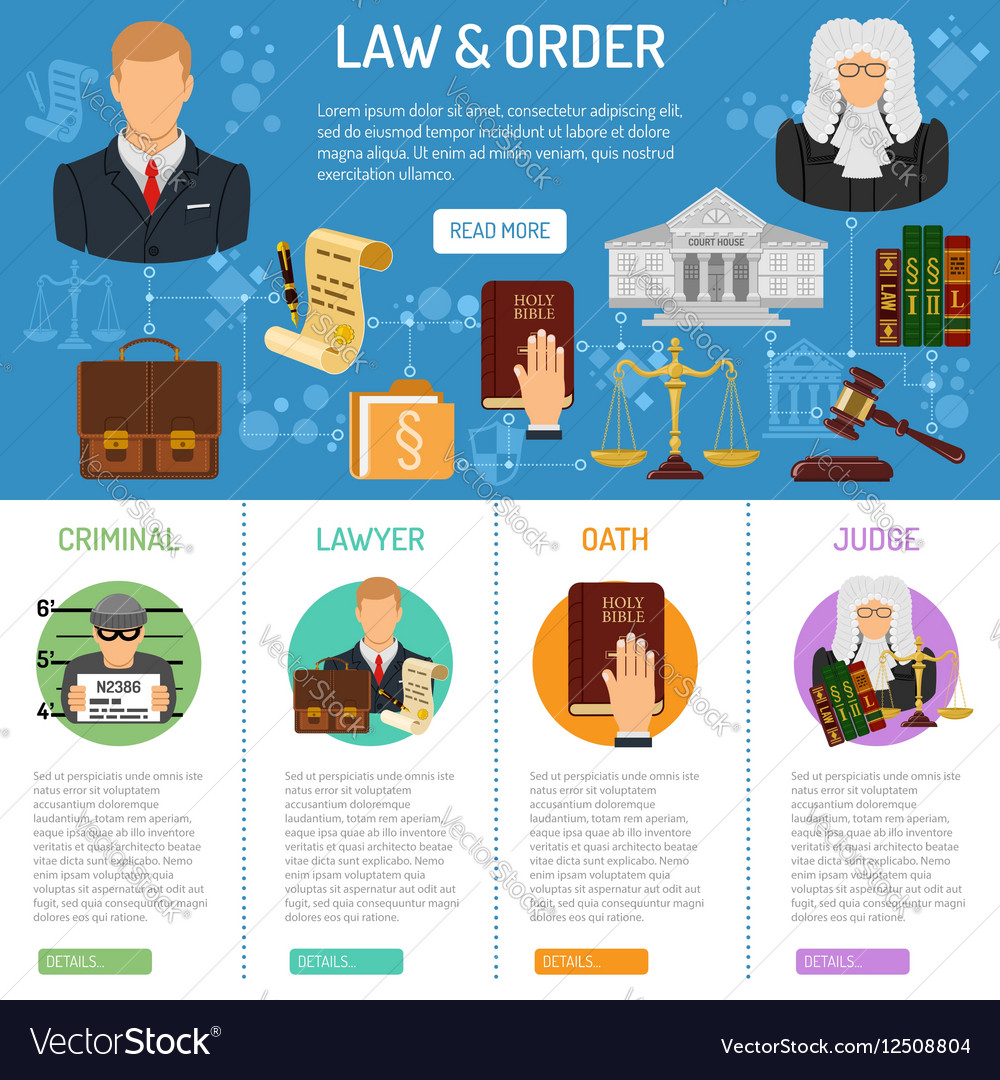Recognizing The Criminal Test: A Comprehensive Step-By-Step Failure
Recognizing The Criminal Test: A Comprehensive Step-By-Step Failure
Blog Article
Short Article Composed By-Ellis Bunn
When you enter a criminal trial, you could be stunned by the organized process that unravels. Everything begins with jury option, where prospective jurors are scrutinized for prejudices via a technique called "voir dire." After that, both sides offer their opening statements, establishing the stage for the proof and statements to comply with. You'll see how the prosecution and defense develop their situations, however what occurs next can significantly affect the end result. Comprehending these stages can reveal the intricacies of justice, yet there's more to discover about the defining moments that adhere to.
Jury Option Process
When it concerns the jury choice procedure, you're diving right into a vital stage of a criminal trial. This process, commonly called "voir dire," entails wondering about possible jurors to guarantee they're unbiased and efficient in delivering a fair verdict.
You'll see both the prosecution and defense attorneys participating actively, each intending to select jurors that align with their case's story.
Throughout voir dire, you'll notice that lawyers ask concerns regarding jurors' histories, beliefs, and experiences. Their goal is to identify any type of pre-existing prejudices that can affect a juror's choice. As a juror, you may really feel a mix of anxiety and curiosity, however your honesty is necessary.
After examining, attorneys can challenge details jurors for cause if they believe a juror can't continue to be neutral. They can likewise use a minimal variety of peremptory challenges to dismiss jurors without mentioning a reason.
Test Phases Explained
The phases of a criminal trial play a crucial role in making sure a reasonable and organized procedure.
You'll initially experience the opening declarations, where both the prosecution and defense detail their cases. This sets the stage of what's ahead.
Next, the prosecution presents its evidence and witnesses, aiming to show the defendant's regret beyond a reasonable doubt. You'll see straight evaluation followed by interrogation, enabling both sides to test the here and now info.
After the prosecution relaxes its instance, it's the protection's turn. They'll present their proof and witnesses, frequently concentrating on producing practical uncertainty. You'll see that the protection does not need to confirm innocence; they simply require to test the prosecution's case.
Once both sides have provided their arguments, you'll hear shutting statements, where each event summarizes their situation. This is crucial as it enhances their settings before the jury mulls over.
Throughout these phases, the judge makes certain that the trial sticks to lawful standards which the civil liberties of both events are protected.
Understanding Recommended Web-site will help you value the intricacies associated with a criminal test and the value of each step in the search of justice.
Decision and Punishing
Besides evidence has actually existed and arguments made, the court or court delivers a decision, figuring out the defendant's shame or virtue. If you belong to the court, you'll deliberate with your fellow jurors, discussing the evidence and your perceptions. This process can take time, as you'll want to make certain everyone settles on the verdict based on the realities.
As soon as a verdict is gotten to, it's announced in court. If the offender is condemned, the next stage is sentencing. This is when the court decides the suitable penalty. You may observe that various factors influence the sentence, such as the extent of the crime, the accused's past record, and any kind of mitigating situations.
The court might impose a series of sentences, from fines and social work to jail time. Occasionally, the defense or prosecution can provide arguments concerning sentencing, attempting to sway the judge's choice.
If the accused is found not guilty, they're acquitted, and no punishment follows. Keep in mind that a guilty judgment can often lead to appeals, where the defendant might test the verdict or the sentence enforced.
Conclusion
In a criminal trial, you have actually seen how critical each step is, from jury option to the last decision. You've complied with the prosecution and protection as they build their instances, intending to persuade the jury. As soon as consideration finishes up, the judgment figures out the end result, and if the offender is condemned, the sentencing phase begins. Comprehending these procedures helps you appreciate the intricacies of the justice system and the value of each duty in making sure a fair test.
